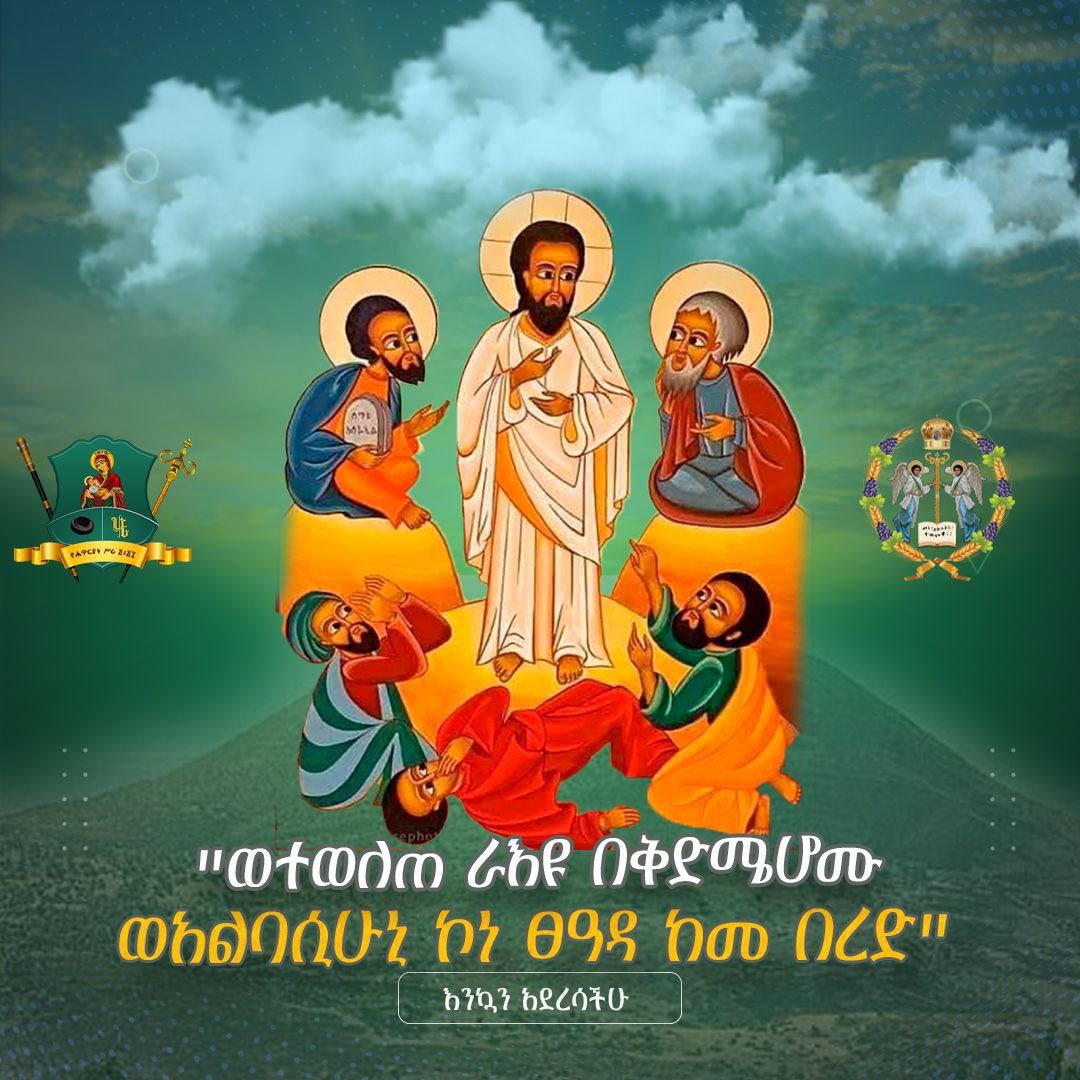Editorial Note:
For the past three years I taught the Catechetical Lectures of St. Cyril of Jerusalem, and other foundational patristic texts, to students of the Sunday School in a parish in the Washington D.C. Metropolitan area. Before that, and during that time, for over a decade I taught from the pulpit and in the Sunday School in the flesh at the cathedral of Southern California (where I was born again in early ‘91, as an infant) located in sunny South Central Los Angeles. My 9-5 has relocated to the Pacific North West, and when the archbishop here heard the good news, he called upon me to serve at his cathedral. The following are notes for lessons I am teaching.
Do Now:
Ask students to spend 2 minutes thinking about and independently writing about any experience they have hiking (especially a mountain). Have students turn-and-share their thoughts with a neighbor (1 min). Call on 1-3 students to share with the group at-large. (1-2 mins).
__________________________________________________________________
This holiday is called Mount Tabor in our tradition as a specifically Ethiopian interpretation of the Transfiguration (or metamorphosis, change of the appearance) of Christ, which is extra-scriptural but uses scriptural reference. Also called buhé (boo-hey): naturally bright light, bread-breaking with children, or the sound of thunder. It is one of the nine great holidays of the Lord.
“The heavens are Yours, the earth also is Yours; The world and all its fullness, You have founded them. The north and the south, You have created them; Tabor and Hermon rejoice in Your name.”
Tabor & Hermon rejoice in your name.
Psalm (88)89:11-12
__________________________________________________________________
2 Peter 1:12-21
Wherefore I will not be negligent to put you always in remembrance of these things, though ye know them, and be established in the present truth. Yea, I think it meet, as long as I am in this tabernacle, to stir you up by putting you in remembrance; Knowing that shortly I must put off this my tabernacle, even as our Lord Jesus Christ hath shewed me. Moreover I will endeavour that ye may be able after my decease to have these things always in remembrance. For we have not followed cunningly devised fables, when we made known unto you the power and coming of our Lord Jesus Christ, but were eyewitnesses of his majesty. For he received from God the Father honour and glory, when there came such a voice to him from the excellent glory, This is my beloved Son, in whom I am well pleased. And this voice which came from heaven we heard, when we were with him in the holy mount. We have also a more sure word of prophecy; whereunto ye do well that ye take heed, as unto a light that shineth in a dark place, until the day dawn, and the day star arise in your hearts: Knowing this first, that no prophecy of the scripture is of any private interpretation. For the prophecy came not in old time by the will of man: but holy men of God spake as they were moved by the Holy Ghost.
St. Peter identifies himself as one of the eyewitnesses to the divinity of Christ revealed and uncovered on the sacred and holy mountain.
__________________________________________________________________
Matthew 17:1-13
ወተወለጠ ራእዩ በቅድሜሆሙ ፡ ወአልባሲሁኒ ኮነ ፀዓዳ ከመ በረድ።
And after six days Jesus taketh Peter, James, and John his brother, and bringeth them up into an high mountain apart, And was transfigured before them: and his face did shine as the sun, and his raiment was white as the light. And, behold, there appeared unto them Moses and Elias talking with him. Then answered Peter, and said unto Jesus, Lord, it is good for us to be here: if thou wilt, let us make here three tabernacles; one for thee, and one for Moses, and one for Elias. While he yet spake, behold, a bright cloud overshadowed them: and behold a voice out of the cloud, which said, This is my beloved Son, in whom I am well pleased; hear ye him. And when the disciples heard it, they fell on their face, and were sore afraid. And Jesus came and touched them, and said, Arise, and be not afraid. And when they had lifted up their eyes, they saw no man, save Jesus only. And as they came down from the mountain, Jesus charged them, saying, Tell the vision to no man, until the Son of man be risen again from the dead. And his disciples asked him, saying, Why then say the scribes that Elias must first come? And Jesus answered and said unto them, Elias truly shall first come, and restore all things. But I say unto you, That Elias is come already, and they knew him not, but have done unto him whatsoever they listed. Likewise shall also the Son of man suffer of them. Then the disciples understood that he spake unto them of John the Baptist.
-during his fleshly months (time on Earth), this was a great miracle that revealed his divinity and humanity
-the six days references an incomplete week, or short time, after the gathering at Caesarea Phillipi (Matthew 16:13) in which the Lord asks the apostles “Who do men say that I, the Son of Adam, am?”
-his reason for ascending, or going up, the mountain was to confirm that he is not just one of the prophets, instead he is the prophet of prophets. He says he is not John the Baptist. Moses represents the Law/Teaching, and Elias the Prophets. Elias the living, and Moses the dead. Moses the married, and Elias the virgins. Moses and Elias disappear, Jesus remains. Jesus fulfills and contains all. He reigns over the totality.
-Peter wanted a position in the Messiah’s/Christ’s earthly kingdom established on the mountaintop/hilltop (a commonplace of fortification). Peter wanted beetwedednet (to be the beloved of the Emperor, or hand of the king). Christ’s thoughts were heavenly rather than earthly. He came to save mankind.



